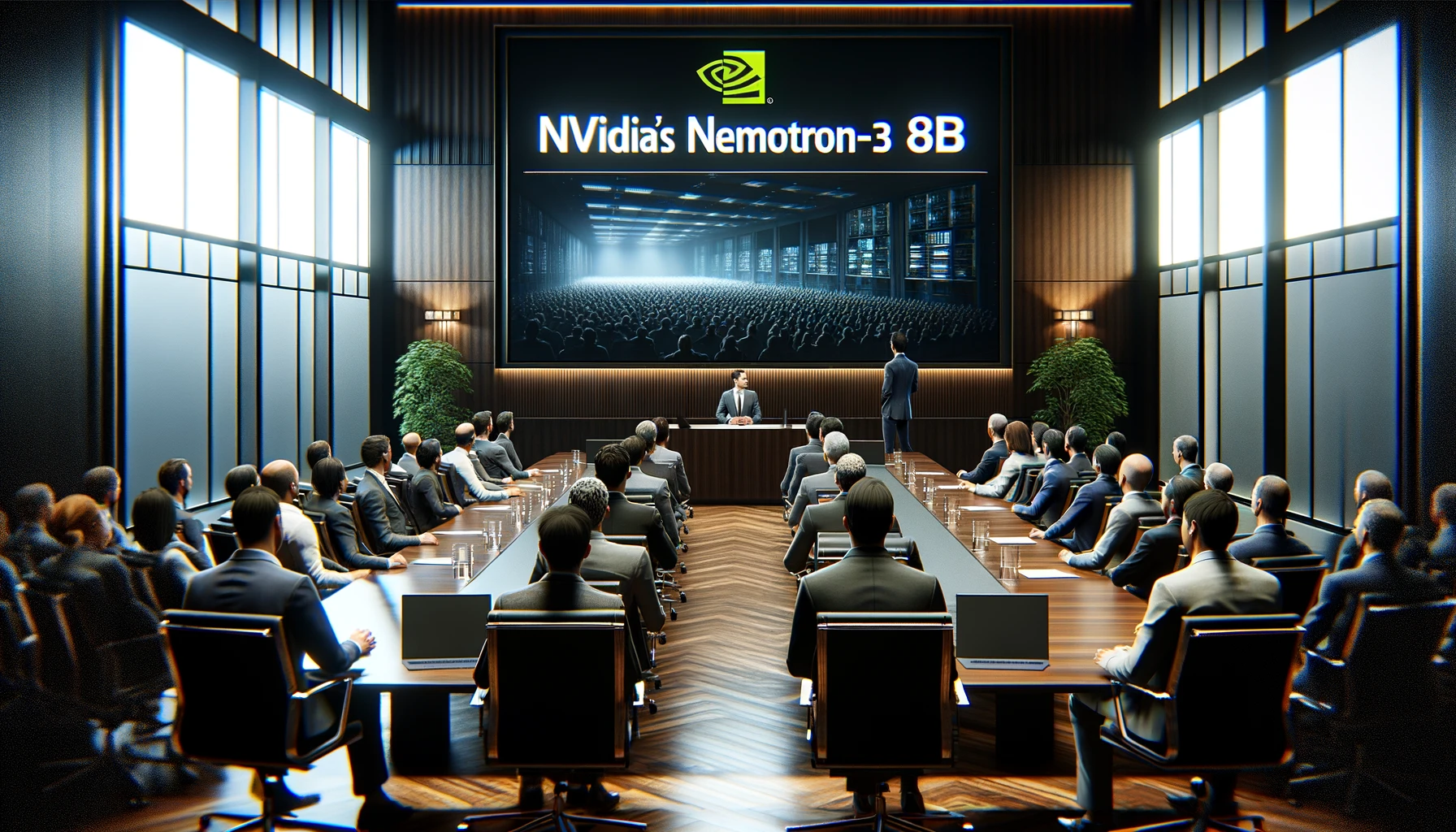
NVIDIA AI Foundation Models for Enterprise Applications
Introduction
NVIDIA’s Nemotron-3 8B models present a transformative suite of Large Language Models (LLMs) for enhancing enterprise applications through AI-driven chatbots and co-pilots.
Features & Technical Details
- Nemotron-3-8B Base: Enables domain-adapted LLMs with parameter-efficient fine-tuning and continuous pretraining capabilities.
- Chat Models:
- Nemotron-3-8B-Chat-SFT: Base model for instruction tuning and user-defined alignments like RLHF or SteerLM.
- Nemotron-3-8B-Chat-RLHF: Delivers superior chat model performance, excelling in MT-Bench score.
- Nemotron-3-8B-Chat-SteerLM: Offers flexible alignment at inference time, fostering continuous improvement.
- Nemotron-3-8B-QA: Specialized Q&A model achieving a zero-shot F1 score of 41.99% on the Natural Questions dataset.
Requirements & Prerequisites
- TensorRT-LLM: Supports advanced optimization techniques for efficient LLM inference on NVIDIA GPUs.
- NVIDIA Data Center GPUs: Requires at least one A100 (40 GB/80 GB), H100 (80 GB), or L40S GPU.
- NVIDIA NeMo Framework: Necessary for deploying and customizing the Nemotron-3-8B models, including training and inference containers.
Deployment & Customization
- Optimization Techniques: KV caching, Efficient Attention modules, in-flight batching, and low-precision quantization
- NeMo Framework: Provides necessary tools for applying TensorRT-LLM optimizations and hosting models with Triton Inference Server.
Benefits
- Efficiency and Flexibility: Streamlines development and deployment for rapid, customized AI solutions.
- Optimized Performance: Enhanced accuracy, low latency, and high throughput through integration with NVIDIA TensorRT-LLM and NVIDIA Triton Inference Server.
- Data Privacy and Security Compliance: Adheres to regulations with tools like NeMo Guardrails for secure data storage.
Deployment and Customization
- Inference and Optimization Techniques: Supports KV caching, Efficient Attention modules, in-flight batching, and low-precision quantization
- Prompting Techniques: Includes specific single-turn and multi-turn prompt formats for different chat models
- Further Customization: Suitable for domain-specific dataset customization, with options like SFT, RLHF, and SteerLM, supported by easy-to-use scripts in the NeMo framework
Conclusion
The Nemotron-3 8B model family, complemented by the NeMo framework, offers a comprehensive and flexible solution for enterprises looking to integrate advanced AI in their operations. Its combination of customization, performance optimization, and adherence to privacy and legal standards makes it a standout choice in the realm of enterprise AI applications.
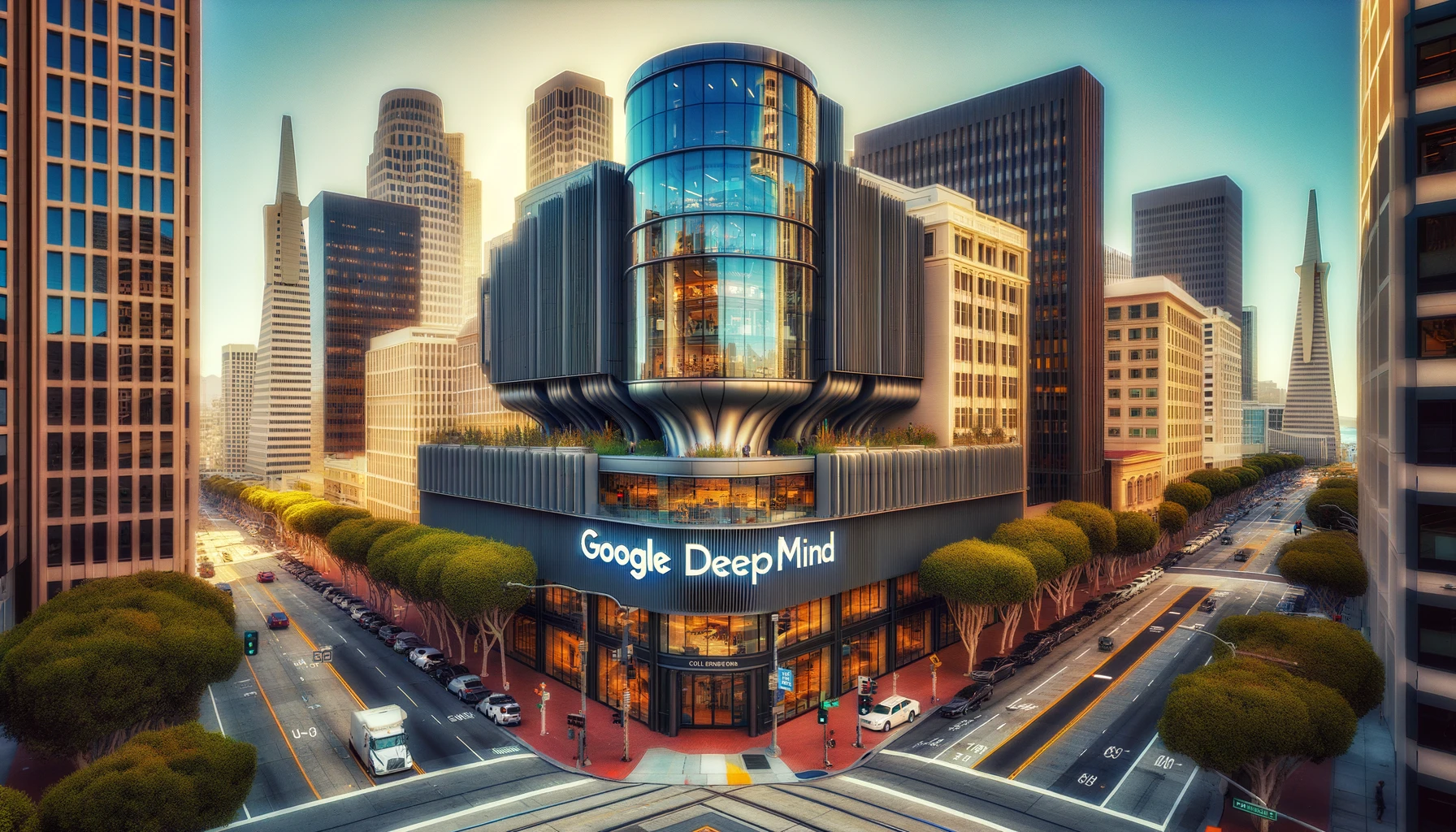
Introducing Google DeepMind’s Lyria – Transforming Music Creation
Introduction
Google DeepMind announced Lyria, its most advanced AI music generation model, alongside two innovative AI experiments, Dream Track and a suite of music AI tools. These developments aim to redefine the landscape of music creation by integrating AI into the creative process.
Features & Technical Details
- Lyria Model: Built by Google DeepMind, Lyria excels in generating high-quality music, encompassing instrumentals and vocals. It performs complex tasks like transformation and continuation, offering nuanced control over style and performance
- Dream Track Experiment: A YouTube Shorts experiment to enhance connections between artists, creators, and fans. Dream Track enables the creation of unique soundtracks using the AI-generated voice and style of various artists
- Music AI Tools: Developed with artists, songwriters, and producers, these tools assist in the creative process, allowing users to transform melodies and chords into realistic musical elements
Benefits
- Creative Empowerment: Lyria and the associated AI tools offer a new dimension in musical creativity, enabling artists and creators to experiment with AI-generated music.
- Enhanced Musical Experience: These tools aim to deepen the connection between artists and their audience, offering unique, AI-powered musical experiences.
Other Technical Details
- Watermarking with SynthID: Lyria-generated content is watermarked using SynthID, ensuring responsible deployment and identification of AI-generated audio. This watermark remains detectable through various audio modifications, maintaining integrity and authenticity
- Responsible Development: DeepMind emphasizes responsible development and deployment, aligning with YouTube’s AI principles to protect artists and their work, ensuring that these technologies benefit the wider music community
Conclusion
Google DeepMind’s Lyria, along with its AI experiments, represents a significant stride in the fusion of AI and music. By responsibly integrating advanced AI models into music creation, DeepMind is not only enhancing the creative capacities of artists but also setting new standards in the responsible development and use of AI in the arts. This initiative promises to transform the future of music creation, offering unprecedented tools for artistic expression and innovation.

Silo AI’s Poro – Open Source Language Model for Europe
Introduction
Silo AI, a Finland-based artificial intelligence startup, launched Poro, a groundbreaking large language model (LLM), marking Europe’s significant foray into the realm of advanced AI models comparable to those from major players like OpenAI
Features & Technical Details
- Open Source: Poro is available under the Apache 2.0 License, suitable for both commercial and research applications
- Multilingual Capabilities: Focused on enhancing AI capabilities for European languages, starting with English and Finnish
- Model Architecture: Poro uses the BLOOM transformer architecture with a 34.2 billion parameter model
- Training Data: The model is trained on a dataset of 1 trillion tokens, including English, Finnish, and programming languages
Benefits
- Language Diversity: Aims to eventually support all 24 official European Union languages, enhancing multilingual AI capabilities in Europe
- Accessibility: Being open-source, Poro is available for a wide range of applications, fostering innovation and research in AI
- Technical Sophistication: The use of a large-scale transformer architecture positions Poro as a competitive tool in the field of AI and natural language processing
Other Technical Details
- Development Collaboration: Poro is a product of collaboration between SiloGen from Silo AI and the TurkuNLP group at the University of Turku, showcasing a significant partnership in the field of AI and natural language processing
- Ongoing Training: The model is in the process of expanding its training, currently at 300 billion tokens of its planned 1 trillion tokens, indicating a commitment to continuous improvement and expansion
Conclusion
Poro represents a significant step in Europe’s AI landscape, offering a robust, multilingual, and open-source language model. Its development underlines the commitment to enhancing language technology across Europe and provides a platform for both commercial and academic advancements in AI. The collaboration between Silo AI, SiloGen, and the University of Turku’s TurkuNLP research group in creating Poro exemplifies the collaborative spirit driving AI innovation in Europe
Other AI News
Meta Platforms has introduced two AI-based video editing features: Emu Video and Emu Edit. Emu Video generates four-second videos with captions, photos, or images paired with descriptions. Emu Edit allows users to easily modify videos with text prompts. These tools build upon the parent model Emu, which generates images in response to text prompts. Meta’s foray into generative AI aligns with the growing trend of businesses exploring new capabilities and streamlining processes in the generative AI market since the launch of OpenAI’s ChatGPT. The company is actively advancing in the AI space to compete with tech giants like Microsoft, Google, and Amazon.
-
Tangram Vision launches AI-powered 3D sensor to assist computer vision in robotics
Tangram Vision, an AI startup, has developed a 3D sensor powered by artificial intelligence that has the potential to revolutionize computer vision in robotics. The sensor, known as Tangram 3D, enables robots to perceive and interact with their environments more effectively. It provides a detailed 3D understanding of the surroundings, allowing robots to navigate and interact with objects more accurately. This technology has applications in various industries, including autonomous vehicles, manufacturing, and logistics, and it could significantly enhance the capabilities of robots in these domains. Tangram Vision aims to make its AI-powered 3D sensor available to a wide range of robotics developers.
-
Google DeepMind Unveils ‘Mirasol3B’ for Advanced Video Analysis
Google DeepMind has announced a significant breakthrough in AI research with its new autoregressive model, “Mirasol3B.” This model represents a major step forward in understanding long video inputs and multimodal learning, integrating audio, video, and text data in a more efficient manner. Unlike current models that extract all information at once, Mirasol3B adopts an autoregressive approach, conditioning jointly learned video and audio representations on feature representations from previous time intervals, preserving essential temporal information.
The Mirasol3B model processes video by partitioning it into smaller chunks (4-64 frames each) and then employs a learning module called the Combiner. This module generates a joint audio and video feature representation for each chunk, compacting the most vital information. Subsequently, an autoregressive Transformer processes this joint feature representation, applying attention to previous features and generating representations for subsequent steps. This process enables the model to understand not only each video chunk but also the temporal relationship between them. The Mirasol3B model’s ability to handle diverse data types while maintaining temporal coherence makes it a substantial advancement in multimodal machine learning, delivering state-of-the-art performance more efficiently than previous models
-
Typecast’s AI Technology Enables Emotion Transfer in Speech
Typecast, an AI startup, has introduced innovative technology called Cross-Speaker Emotion Transfer, revolutionizing how generative AI can process and convey human emotions. This technology enables users to apply emotions from another person’s voice to their own while preserving their unique vocal style. This advancement addresses the challenge of expressing the wide spectrum of human emotions in AI-generated speech, which traditional text-to-speech technology has struggled with due to the complexities of emotional nuances and the requirement of large amounts of labeled data.
Typecast’s approach leverages deep neural networks and unsupervised learning algorithms to discern speaking styles and emotions from a vast database. This method allows the AI to learn from a wide range of emotional voices without the need for specific emotion labels. The technology can adapt to specific voice characteristics from just snippets of recorded voice, enabling users to express a range of emotions and intensities naturally without altering their voice identity. This breakthrough opens new possibilities in content creation, making it faster and more efficient, and has already been utilized by companies like Samsung Securities and LG Electronics. Typecast is now working to extend these speech synthesis technologies to facial expressions.
About The Author

Bogdan Iancu
Bogdan Iancu is a seasoned entrepreneur and strategic leader with over 25 years of experience in diverse industrial and commercial fields. His passion for AI, Machine Learning, and Generative AI is underpinned by a deep understanding of advanced calculus, enabling him to leverage these technologies to drive innovation and growth. As a Non-Executive Director, Bogdan brings a wealth of experience and a unique perspective to the boardroom, contributing to robust strategic decisions. With a proven track record of assisting clients worldwide, Bogdan is committed to harnessing the power of AI to transform businesses and create sustainable growth in the digital age.
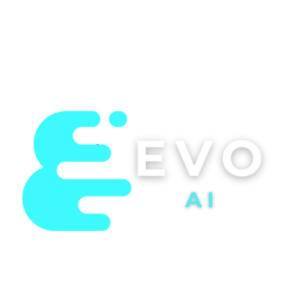

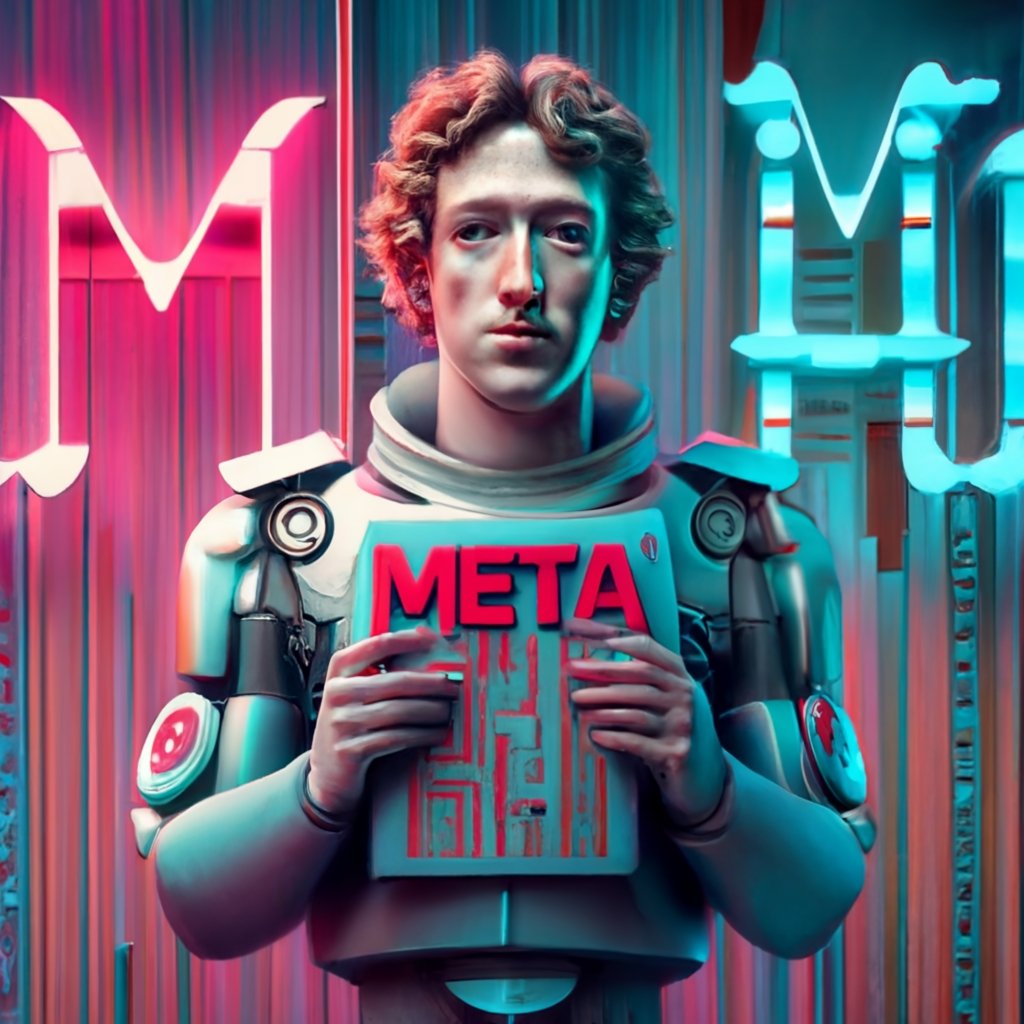
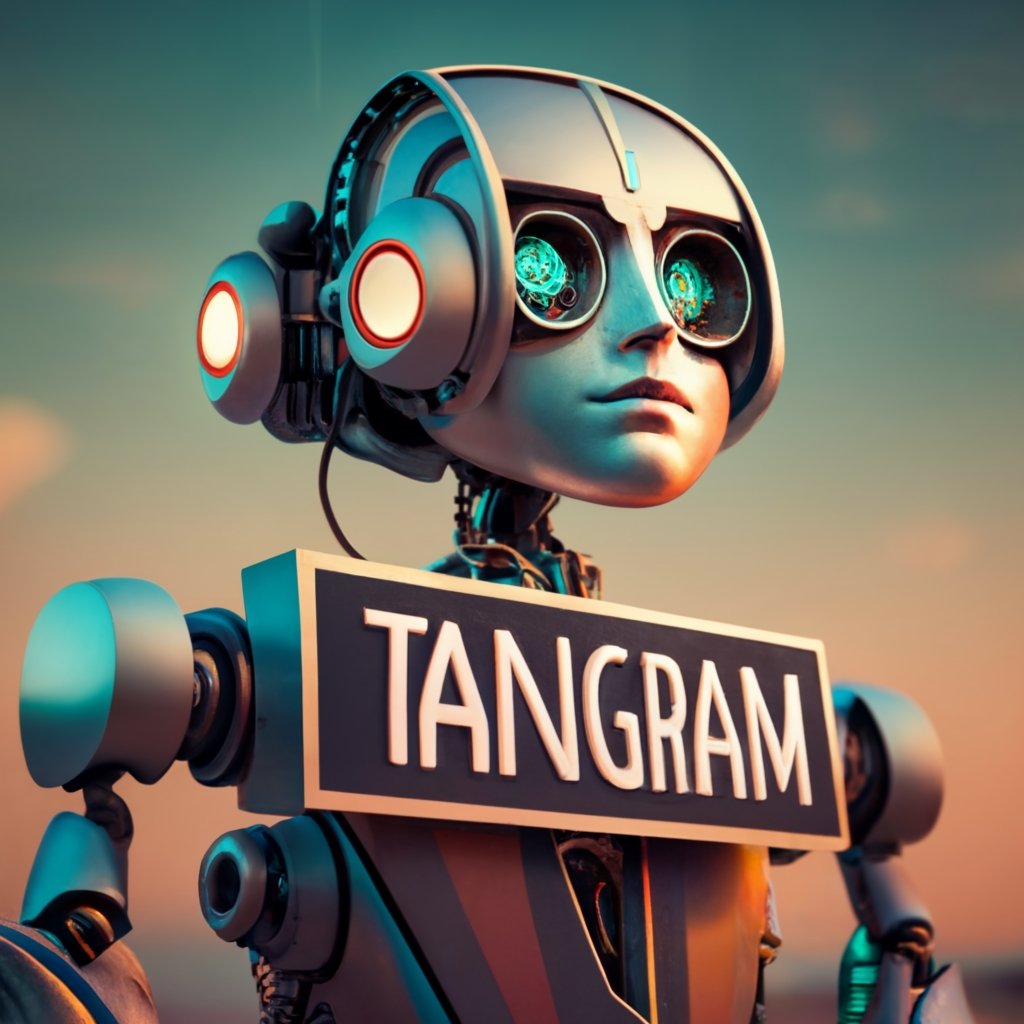
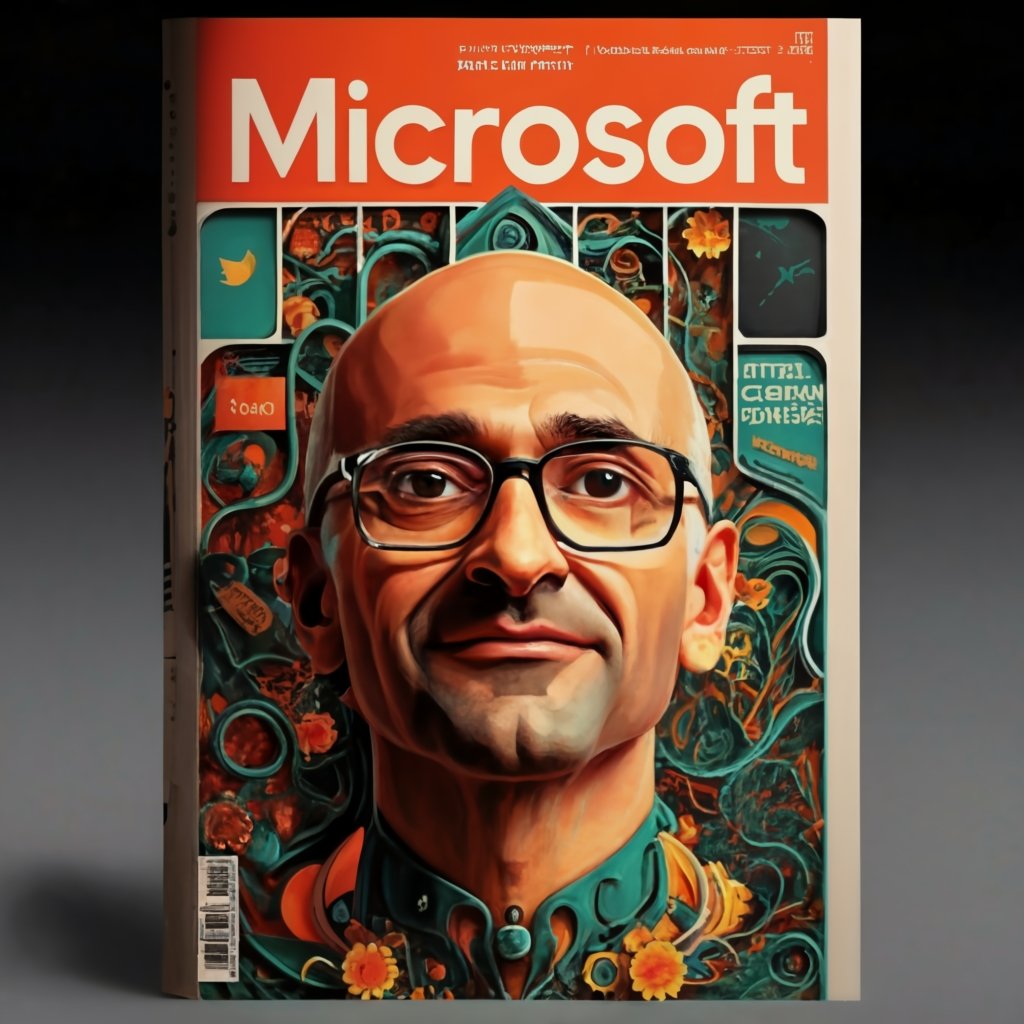





Leave A Comment